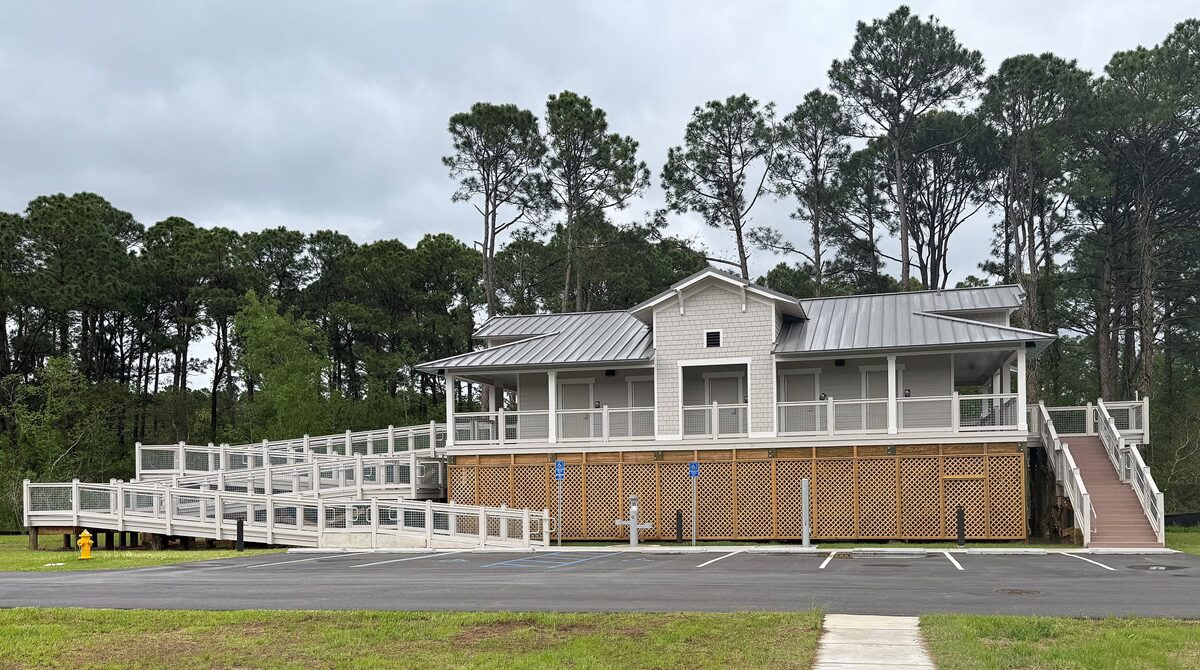May 19, 1863
The first of three moderately successful steamships to “run the blockade” out of Mobile Bay were the Alabama, Cuba and Fox, a captured ship renamed the Fanny. Between May 1862 and September 1863, these three ships were responsible for carrying more than 4,000 bales of cotton to Havana, Cuba, for sale to European buyers. A little more than $3 million worth was exported out of Mobile during the Union blockade. Still, this figure is just one-seventh of Mobile’s pre-war commerce level. The Cuba was burned on May 19, 1863, to prevent its capture while heading toward Mobile. The Alabama was captured by the Union on Sept. 12, 1863, while the Fanny was burned the same day to prevent its capture.
Read more at Encyclopedia of Alabama.

Stephen R. Mallory (ca. 1813-1873) was a U.S. senator from Florida during the 1850s and secretary of the Navy of the Confederacy in the early 1860s. He worked to increase the Confederacy’s naval power after secession through construction of war ships and the commissioning of existing vessels. (From Encyclopedia of Alabama, courtesy of Library of Congress)

Cartoon map illustrating Gen. Winfield Scott’s plan to crush the Confederacy economically. It is sometimes called the “Anaconda plan.” (J.B. Elliott, Library of Congress)

Historical sketch of the rebellion, c. 1863. (H. Lindenkohl, Charles G. Krebs, U.S. Coast Survey, Library of Congress, Geography and Map Division)

Gunboat Fanny under attack from the Raleigh, Curlew and Youngalaska, 1861. (From Harper’s Weekly, Wikipedia)

U.S.S. Fort Donelson (former Confederate blockade runner Robert E. Lee), December 1864. (Library of Congress, Prints and Photographs Division)

Map of the Southern and border states, showing the actual positions of the national and rebel forces, and of the blockading fleets and vessels, the positions of the various fortifications that were erected, and where all the important battles were fought during the war, c. 1861. (From Frank Leslie’s illustrated newspaper, Library of Congress, Geography and Map Division)
For more on Alabama’s Bicentennial, visit Alabama 200.












